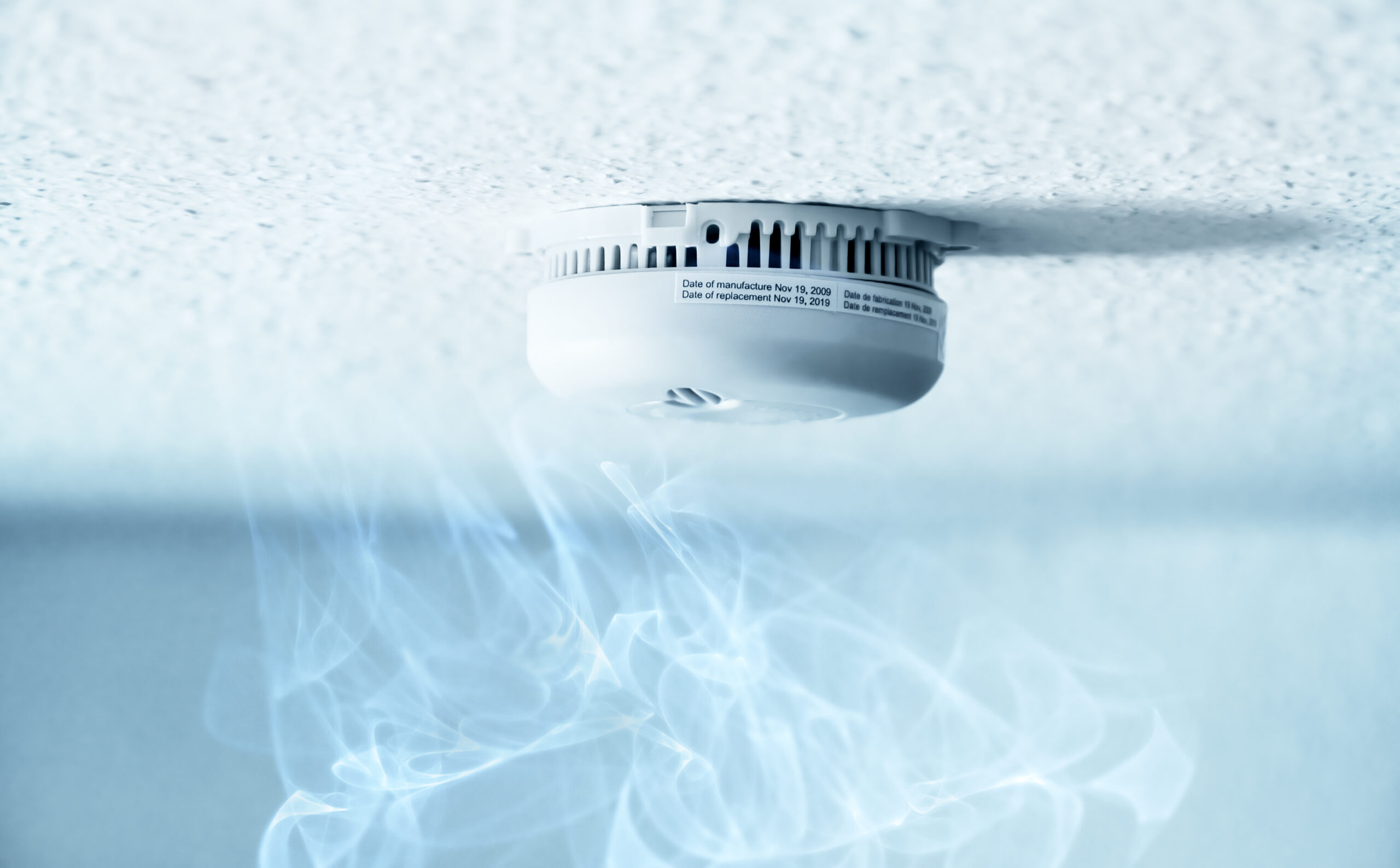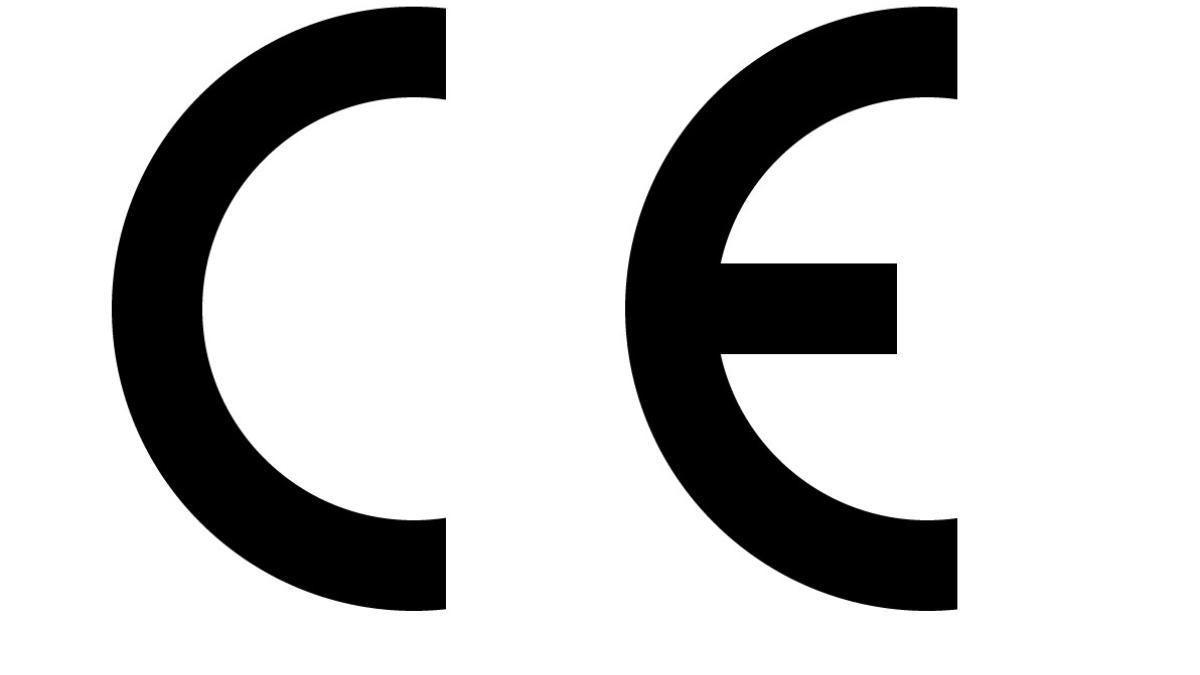DOMESTIC DETECTOR
Smoke Detectors and Carbon Monoxide Detectors
Alert
Evacuate
In France, there are over 250,000 claims every year.
- 1 fire every 2 minutes, nearly 10,000 injured, including 3,000 with severe disabilities, and up to 800 fatalities.
- 70% of fatal fires occur at night. Smoke poisoning is the leading cause of death among fire victims.
Source : Ensemble contre le feu - Home
Eurofeu offers a wide range of smoke detectors, carbon monoxide detectors and heat detectors that comply with standards and regulations. These devices are suitable for all types of homes and occupants.
You need personalized support
Our teams are at your disposal to answer any questions you may have.
or
Our ranges
-
The Eurofeu Group offers a wide range of smoke, carbon monoxide and heat detectors that meet regulatory and standard requirements.
Autonomous Smoke Detector - NF range 10 years
- Sealed lithium battery.
- Multi-sensor detection technology.
- Large central Test/Silence button
- Facile à installer avec l’enclenchement automatique de la batterie sur la plateforme
de montage - Fonction Silence Intelligent – permet de passer le signal d’alarme sonore en sourdine
jusqu’à 10 minutes en cas d’alerte intempestive avérée. - Fonction Sleep Easy – permet de passer le signal sonore de batterie faible en
sourdine pendant 8 heures.
Connected Autonomous Smoke Detector - NF range 10 years
Cette technologie intelligente établit une communication sans fil entre tous les produits compatibles avec le protocole Wi-Safe 2, permettant ainsi l’interconnexion de 50 appareils.
Si une alarme est déclenchée par de la fumée, de la chaleur ou du CO, les produits Wi-Safe 2 interconnectés retentissent instantanément.Autonomous Carbon Monoxide Detector
The carbon monoxide detector triggers an early warning of the presence of CO in the home. 7-year life and autonomy, thanks to an integrated lithium battery. It features a digital LCD display that provides information on low CO levels from 10 ppm, as well as a history of peaks recorded over the last 4 weeks. It can alternatively display CO measurements or an indication of indoor temperature in real time.
Autonomous Heat Detector
A heat detector should be used where a smoke detector cannot be placed, to avoid unjustified alarms. It signals an ambient temperature that exceeds a critical temperature threshold. This difference in detection criteria is useful in rooms where there may be disturbing phenomena (smoke, steam, dust, etc.), such as the kitchen, bathroom or garage.
- Thermistek collector technology featuring a unique heat-radiating dome
- Class A1 device
- Sealed lithium battery 10-year life
- Large central Test / Silence button.
- Fonction Silence – permet de passer le signal d’alarme sonore en sourdine en
cas d’alerte intempestive avérée

How do I choose a smoke detector?
Since May 1, 2007, CFDs must be CE marked and comply with standard EN 14604. We also recommend NF marking, a guarantee of quality and periodic inspections. Eurofeu only sells DAAF with this double marking.


Any questions?
Where to install a smoke detector (DAAF) in your home?
The position of the smoke detectors depends on the configuration of the dwelling. At least one smoke detector must be installed for early fire detection.
Special cases :
- It is forbidden to install smoke detectors in common areas of apartment buildings.
- If your home has several levels, we recommend installing at least one detector on each floor.
- If the detector cannot be installed on the ceiling, it can be positioned on a vertical wall (if authorized by the manufacturer's instructions), 30 cm below the ceiling, away from corners.
Recommended locations :
- In corridors: Place a smoke detector in each main corridor of the dwelling, making sure it's close to bedrooms, living rooms and busy traffic areas.
- In bedrooms: Install a smoke detector in or near each bedroom to ensure rapid detection of fires at night, when occupants are most vulnerable.
- In living areas: Install smoke detectors in living rooms, dining rooms and other areas where electrical hazards may be present.
- Away from cooking elements (kitchen), moisture sources (bathroom) and exhaust fumes (garage)
Why does a smoke detector sound the alarm for no reason?
Some possible causes:
- Dust or dirt: Accumulation of dust or dirt inside the smoke detector can trigger a false alarm. Dust can obstruct optical sensors or interfere with other detector components, causing false detection of carbon monoxide.
- Humidity: Excessive humidity in the air can also trigger a false alarm, particularly in smoke detectors that use heat or humidity sensors to detect fires. High humidity can cause temporary sensor failure, resulting in false carbon monoxide detection.
- Electromagnetic interference: Electromagnetic interference from other electronic or electrical devices can disrupt the smoke detector's operation and trigger false alarms.
- Low or faulty battery: A low or faulty battery can lead to smoke detector malfunctions, including false alarms. It is important to replace the smoke detector's batteries regularly according to the manufacturer's recommendations to avoid this problem.
- Age of detector: Smoke detectors have a limited lifespan, generally between 5 and 10 years. A smoke detector at the end of its life may begin to operate erratically, triggering false alarms.
How many smoke detectors should be installed in a house?
- At least one detector per floor: We recommend installing at least one smoke detector model per floor of the house, including the basement and attic if there is one. This ensures adequate coverage in all parts of the house.
- In every bedroom: We recommend installing a smoke detector in every bedroom to ensure rapid detection of fires, especially at night when the occupants are asleep.
- In main living areas: Install smoke detectors in living rooms, dining rooms and other areas where people spend a lot of time. These areas are often where fires start, such as in the kitchen, where smoke from burning food can start a fire.
- Near heat sources: Install smoke detectors near heaters, fireplaces, stoves and other sources of heat that could start a fire.
- Every level of the building: Make sure you have at least one smoke detector on every level of the building, including the basement and attic if there is one. This ensures complete coverage and effective fire detection in all areas of the building.
Is it compulsory to fit a smoke detector?
Yes, in France it is mandatory to have at least one model of smoke detector (Détecteur Avertisseur Autonome de Fumée), installed in every home. This obligation has been governed by law since March 8, 2015, as part of Law n°2010-238 of March 9, 2010, aimed at making the installation of smoke detectors in all homes mandatory.
Need help?
Contact our teams for a precise diagnosis.
Legislative context: what does the law say?
- Act no. 2010-238 of March 9, 2010, making it compulsory to install smoke detectors in all residential premises.
- Decree no. 2011-36 of January 10, 2011, making it mandatory to install smoke detectors in all residential premises.
- The decree of February 5, 2013 specifies the requirements to be met by the standardized smoke detector installed in each dwelling, and the conditions for its installation, maintenance and operation.
The ALUR law amends law no. 2010-238 by specifying that the equipment is the responsibility of the owner and the maintenance of the detector is the responsibility of the occupant of the dwelling.
For more information, visit the Ensemble contre le feu website .


